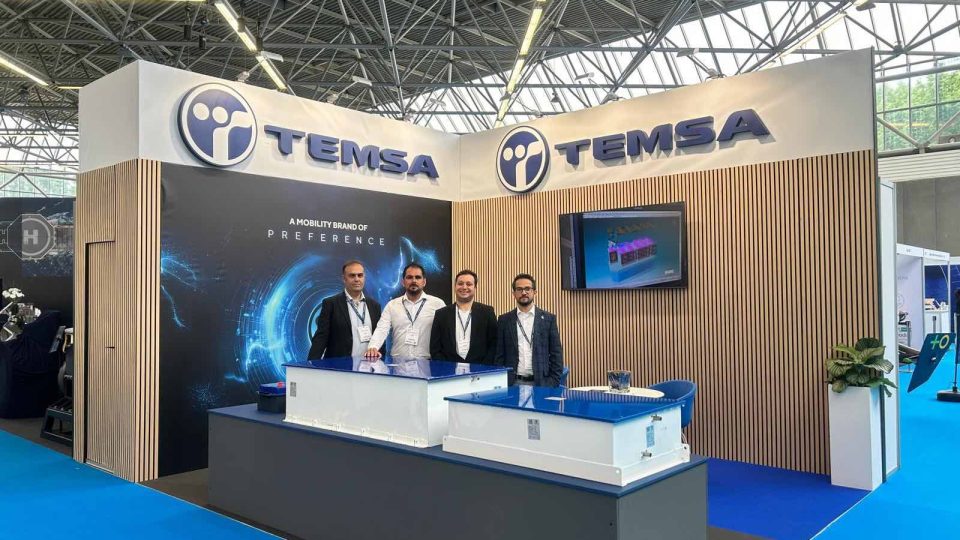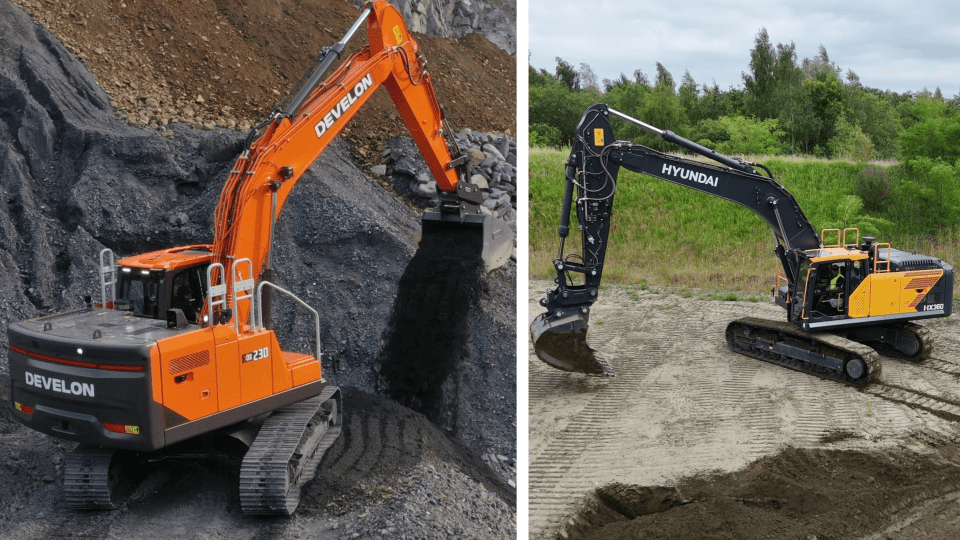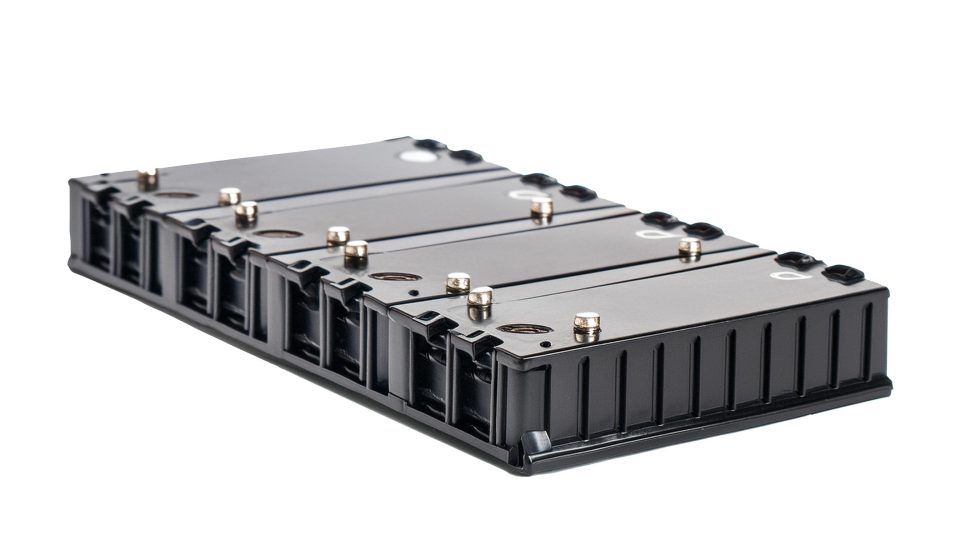Volvo Penta: a new present for D4 and D6
Volvo Penta, during an event that took place at its headquarters in Göteborg, Sweden, recently unveiled the path that the group is taking in the development of their marine sector. In particular, we are talking about a brand new present for the D4 and D6 packages. Next generation D4 and D6 propulsion packages D4 and […]
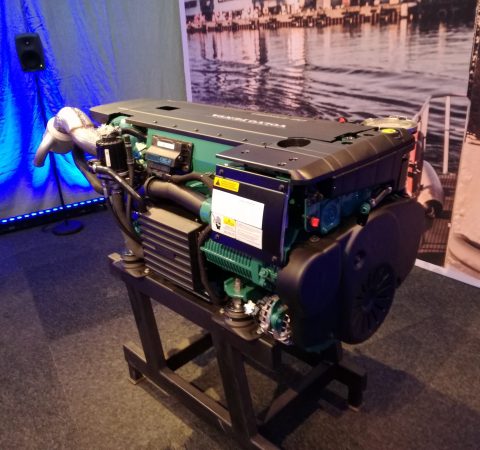
Volvo Penta, during an event that took place at its headquarters in Göteborg, Sweden, recently unveiled the path that the group is taking in the development of their marine sector. In particular, we are talking about a brand new present for the D4 and D6 packages.
Next generation D4 and D6 propulsion packages
D4 and D6 propulsion packages were introduced back in 2003, yet they sure seem to age pretty well. In fact, they are now getting a new life after a long rework that is now bringing to the table a lot more for the final user.
VOLVO PENTA’S ELECTRIFICATION STRATEGY
On the outside, they might still look almost the same, but the real surprise is inside. Let’s start from the more succulent part of the new generation: the power. Both the D4 and D6 now have new top specifications, allowing the D4 to reach an output of 235 kW (320 hp) and the D6 to reach an output of 353 kW (480 hp). So we are talking about a 10% more power across the range.
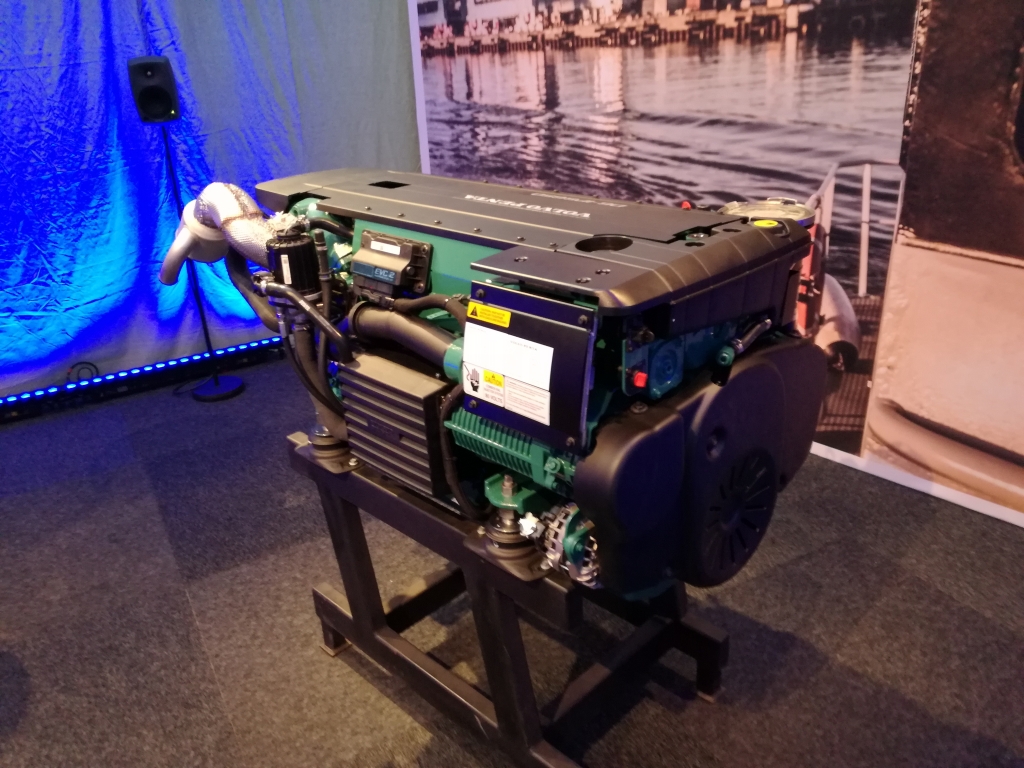
This improvement doesn’t come all by itself. Volvo Penta also managed to improve the fuel efficiency, between 0.5% up to 7.0% (in E5 cycle). What else is new? There is a new engine management system, a new fuel injection system, a new turbo charger and a new supercharger. The cylinder head, pistons and valves are new, to cope with the increased performance, and the crankshaft is also now stronger to handle the bigger loads. There are also new high pressure pumps and a new air filtration system. A true package full of surprises to “unwrap” and try out.
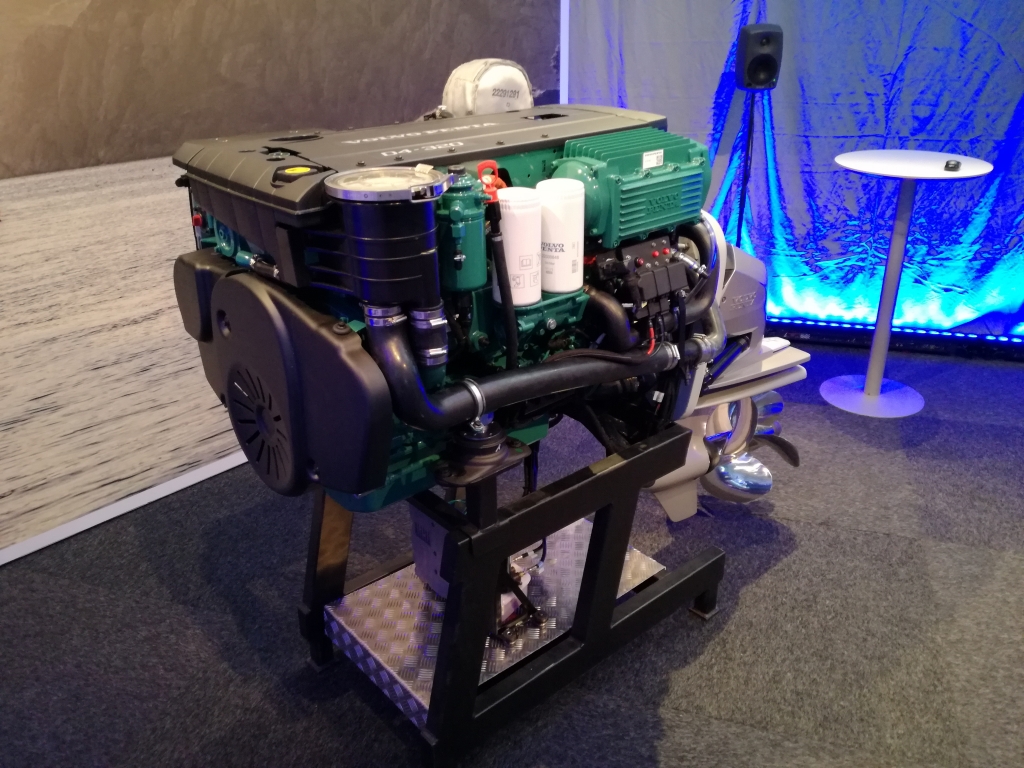
It’s not all about the engines: there are news also for the drivelines
Volvo Penta took time also to work on the IPS driveline with a focus on the reduction of the total cost of ownership, giving it more durability with less service items and longer maintenance intervals and also adding the possibility to operate oil exchanges directly from inside the boat, making the process more efficient. They also worked on the optimization of torque transmission, on a new oil filtration system and on new propeller shaft seals. A combination that allowed the creation of another new top specification, the D6-IPS650.
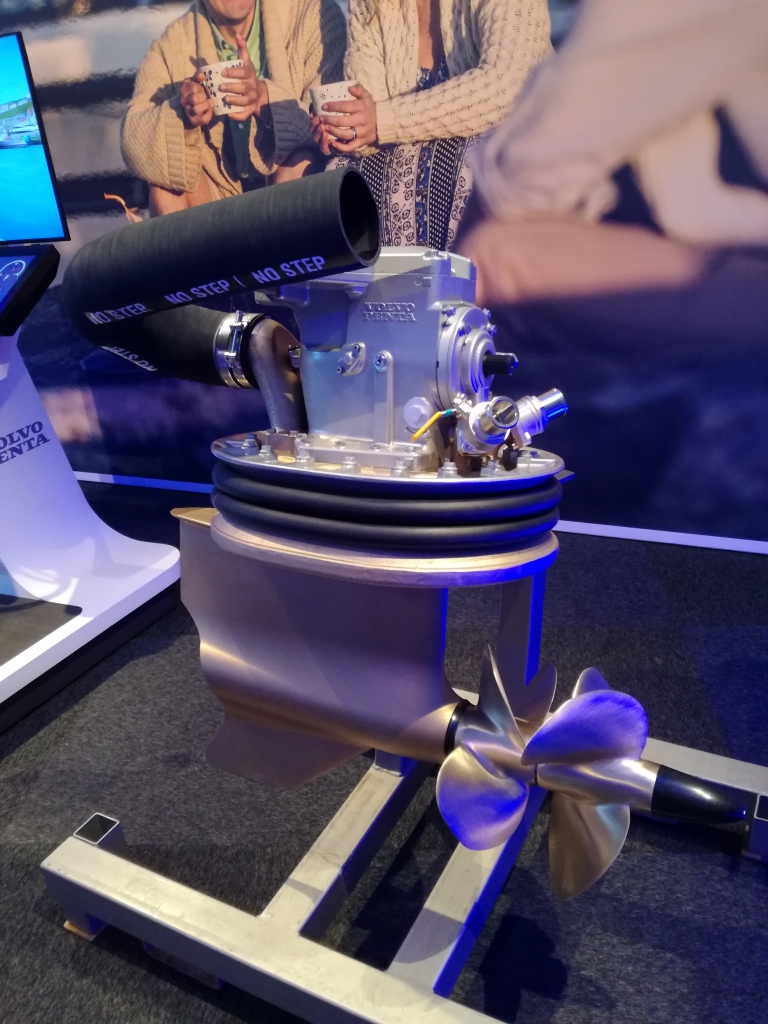
Of course, we can’t forget about the DPI drive, that came in with significant changes. First of all, it is now ready for use on delivery, both for single and twin engine installation. There is a new hydraulic clutch that allows for a silent and smooth shifting, as well as slipping at low engine speeds, resulting in added maneuverability and higher comfort at low boat speeds. We had the chance to test it first handedly and there is for sure a palpable difference.
The hydraulic clutch, together with steer-by-wire, which is now standard for DPI, gives an improved joystick docking function. The DPI driveline now also comes with Dynamic Positioning System (DPS), which automatically maintains a boat’s heading and position, even during strong currents or windy conditions. The Inboard version is also available for shaft and water-jet transmissions.
EVC2
Between the series of improvements to the D4/D6 marine systems there is also a new generation of the Electronic Vessel Control: EVC2. The first major upgrade since the system was launched in 2003. The EVC2 connects and manages the internal communications between the engine and levers, display screens and all different kind of systems on board. With a brand new operating system, the EVC2 is now more independent from the engine than before and can act as the primary enabler for the future of boat building, including remote diagnostics and connectivity.






